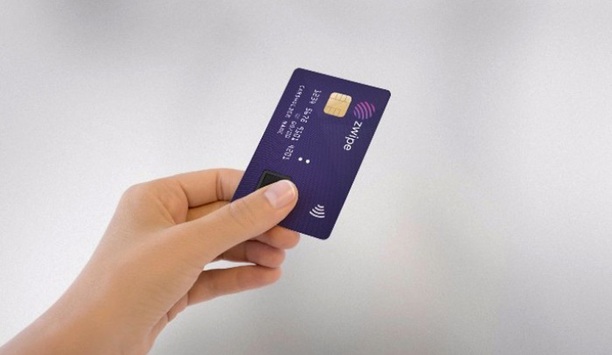Kim Humborstad

Kim Humborstad
CEO, Zwipe ASKim Humborstad, Zwipe CEO, founded Zwipe in 2009 September to develop and commercialize authentication solutions for markets that require a high degree of security and user friendliness. Zwipe has now launched Zwipe Access, the world`s first contactless card with a fully implemented fingerprint system.
Articles by Kim Humborstad
Working with proximity readers now will let even more end-users use biometrics on high security openings Zwipe 2014/2015 Review & Forecast:All of the news reports in 2...
Biometric cards provides an easy way for to provide a biometric upgrade to access control systems using card readers More and more, security professionals using card-based front...
The biometric card provides an easy, low cost way for facilities to provide a biometric upgrade A convenient way to establish higher security within certain areas of a building is a...
News mentions
At the Annual General Meeting (AGM) of Zwipe AS held May 22 2018, Jörgen Lantto was elected as the new Chairman of the Board of Directors, replacing Clas Thelin. In addition, Kim Humborstad, Dor...
Biometric technology company Zwipe has announced that it has partnered with Gemalto, a worldwide card manufacturer, to pilot the first battery-less dual-interface fingerprint activated payme...
Zwipe will have a major presence at two industry events over the next ten days. The team will be meeting with customers and partners in the trusted identity industry at Trustech and the UK banking and...
Zwipe has announced that it has made the first shipment of its biometric technology products, for use in commercial contactless biometric payment card pilots by leading card manufacturers and banks....
The ISO and EMV compliant card operates without the need for a battery Biometric technology company Zwipe will for the first time publicly demonstrate its dual-interface payment car...
Zwipe’s new COO, Orlando Martinez and Director of Sales Access Control EMEA, John Laws Biometric tech company Zwipe announces the addition of Orlando Martinez as the company&r...
The partnership between Zwipe and Hitachi High-Technologies will include commercial and technical cooperation Zwipe, a provider of biometric identification technologies, and Hitachi...
Zwipe ID utilizes Zwipe’s patent pending biometric authentication technology Zwipe recently announced the release of Zwipe ID©, a card with fingerprint authentication cap...
Zwipe access card named best product for user authentication, identification, credentialing and management During last week's ISC West tradeshow in Las Vegas, the Zwipe Access Card,...
The partnership has resulted in the world's first contactless payment card featuring an integrated fingerprint sensor MasterCard and Zwipe have announced their partnership for...
Among the enhancements to its biometric card, Zwipe recently announced that presently installed proximity card readers, as well as smart card readers, can now be used by organizations that want to add...
Without needing to install any biometric readers, the Zwipe biometric card itself quickly reads the user's fingerprint in less than a second. Eliminating the problems of solely deploying PINs and stan...

















































